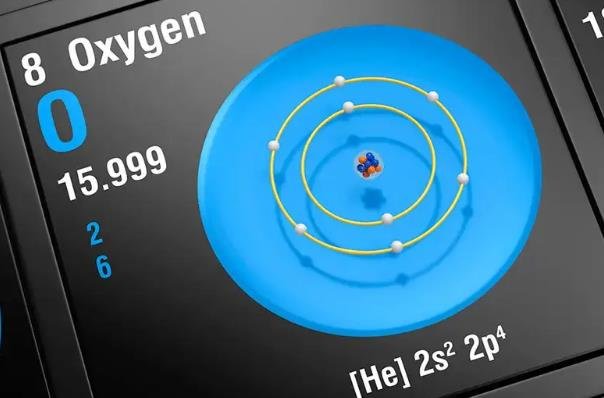The nuclear strong force is one of the four fundamental forces of nature that holds together the protons and neutrons in the atomic nucleus. However, a recent experiment has revealed a surprising result that challenges our understanding of this force and its implications for the stability of heavy elements.
Creating the heaviest oxygen ever
A team of researchers from the Tokyo Institute of Technology in Japan, led by Yosuke Kondo, created oxygen-28, an isotope of oxygen with eight protons and 20 neutrons, by smashing an energetic beam of fluorine atoms into liquid hydrogen. The fluorine atoms each had 20 neutrons and nine protons. When they collided with the liquid hydrogen, they each lost a proton, turning the atoms into oxygen-28.

The researchers expected these atoms to be stable, as they were thought to be “doubly magic”. This means that both protons and neutrons fully fill the shells within the nucleus, making it extremely stable. For example, the oxygen that sustains life on Earth has this property, which is what allows it to be so abundant.
A mysterious decay
However, the experiment showed that oxygen-28 was not stable at all. It only existed for about a zeptosecond, or a trillionth of a billionth of a second, and then decayed into oxygen-24 and four neutrons. This was extremely surprising, as it contradicted the widely accepted theory of nuclear shell structure, which predicts that certain numbers of protons and neutrons are “magic” and confer stability to the nucleus.
The number 20 for neutrons is one of these magic numbers, but oxygen-28 proved otherwise. This finding implies that there is a problem with our understanding of the nuclear strong force and how it works when there are many particles involved.
A fundamental question
The nuclear strong force is responsible for binding quarks together to make protons and neutrons, but it also acts between protons and neutrons to form nuclei. However, unlike other forces, such as gravity or electromagnetism, the strong force is not well understood at the level of many particles.
The experiment with oxygen-28 opens a very big fundamental question about this force and its role in creating heavy elements in the universe. Theoretical models will have to be revised, and more experiments will need to be done to explore the behavior of other heavy isotopes and their implications for nuclear physics and astrophysics.
